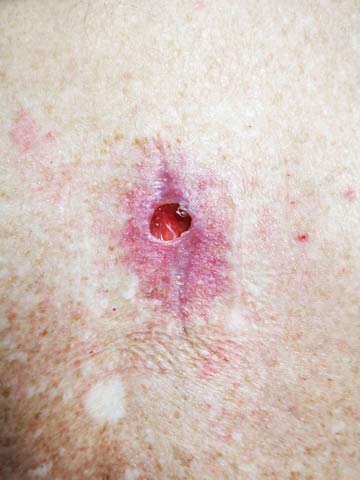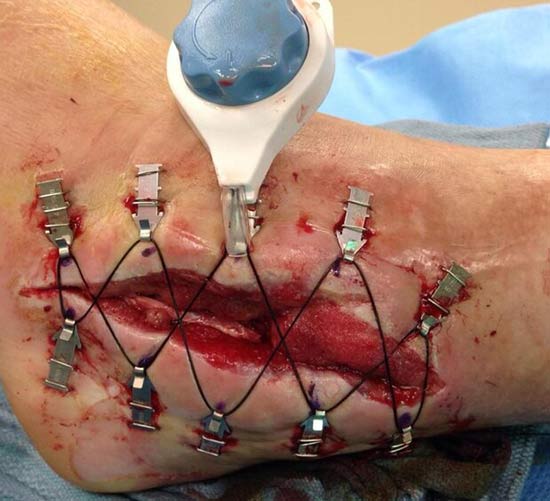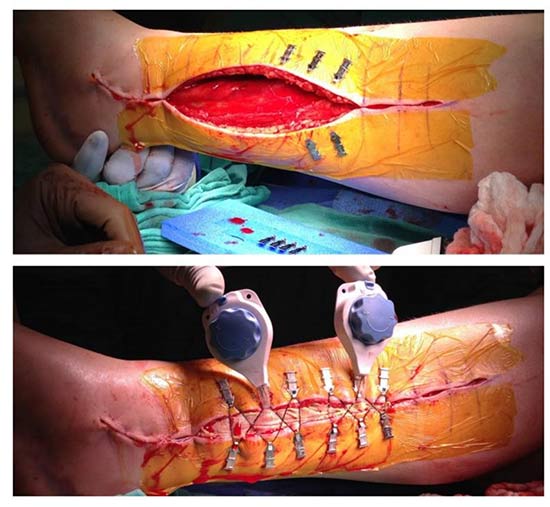Postoperative breakdowns of the surgical site can be addressed through proper assessment and care.
 COSTLY CONDITION Surgical wound dehiscence can lead to hospital stays, delayed healing and, in some cases, additional surgeries.
COSTLY CONDITION Surgical wound dehiscence can lead to hospital stays, delayed healing and, in some cases, additional surgeries.
Surgical wound dehiscence (SWD) is a postoperative complication that occurs when the margins of a closed surgical incision separate. Most commonly seen within four to 14 days after surgery, including those performed on the foot and ankle, SWD can contribute to increased patient morbidity and mortality, along with the attended financial costs for the surgical facility.
A recent article published in Lower Extremity Review examined the phenomenon. Patients at risk for SWD include those over 65 years old due to the compromised tissue repair mechanisms in aging skin, according to author Windy Cole, DPM, CWSP, adjunct professor and director of wound care research at Kent State University College of Podiatric Medicine and student rotation coordinator at UH Richmond Medical Wound Center, both in Cleveland. She says the condition is also more likely to develop in patients who are malnourished or have weakened immune systems due to chronic diseases such as diabetes, AIDS, renal disease, peripheral artery disease, obesity, hypertension and cancer.
Men experience SWD at a higher rate than women. Patient behaviors such as smoking and alcohol abuse can increase the chance of SWD, while stress on the wound site during exercise, lifting and ambulation can also contribute to increased risk. Dr. Cole also cites potential perioperative factors such as poor surgical technique, surgeon experience, prolonged OR time, over-tightening of sutures and inappropriate fixation. Surgical site infections can also lead to SWD, she writes.
"Despite increases in knowledge relative to the process of wound healing, SWD is still a major contributing factor to increased hospital stays, prolonged healing and re-operation rates, which result in higher healthcare costs and resource utilization," says Dr. Cole. "Given the vast number of potential sequelae related to SWD, an ounce of prevention may indeed be worth a pound of cure."
Management of SWD requires extensive treatments, according to Dr. Cole, such as advanced wound care dressings, antibiotic therapy, debridement and, in some cases, additional surgery. "Minor SWD may be effectively treated in outpatient settings, but cases of severe SWD can require hospital admission," she says.
.svg?sfvrsn=be606e78_3)



.svg?sfvrsn=56b2f850_5)